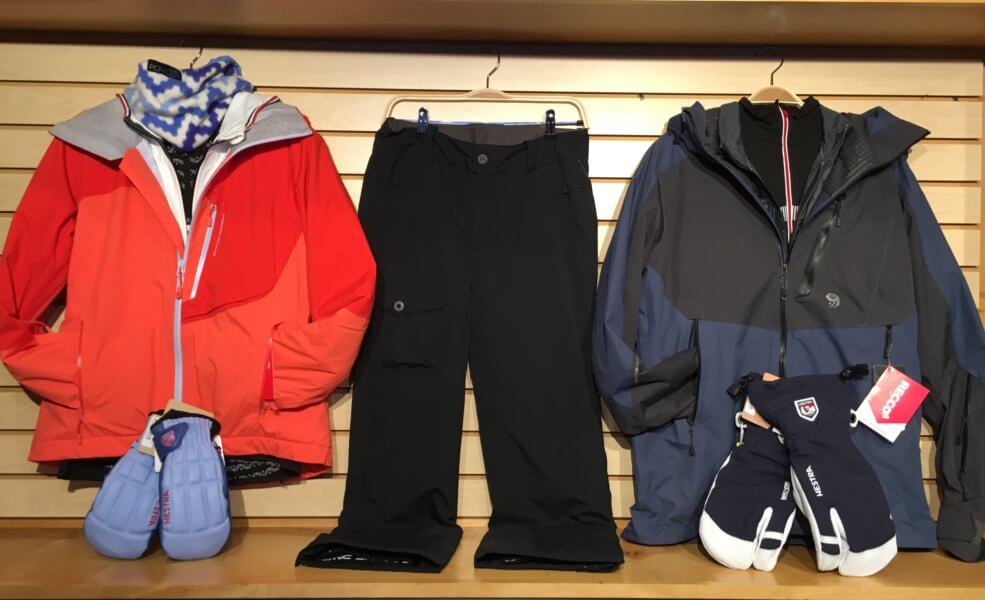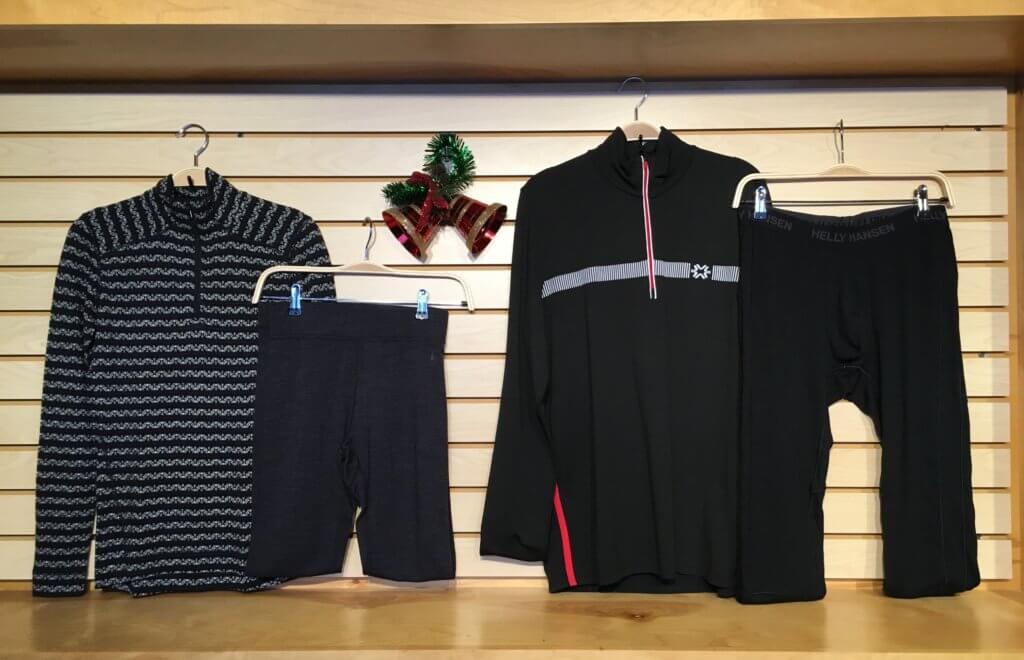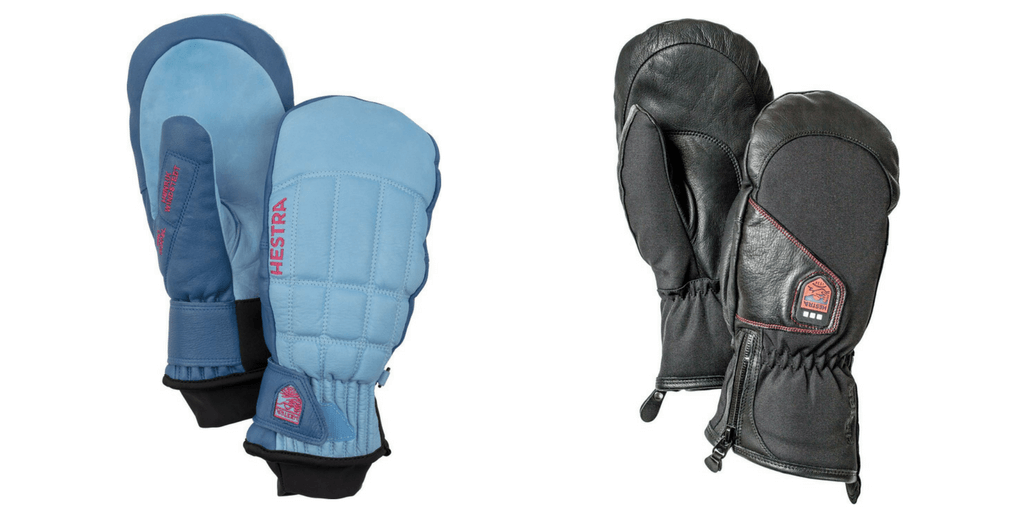Vermont winters give you a mix of weather, so having the right gear to get you through it is critical. Your day could start out with a high humidity snowfall and suddenly change to high winds and low temps. Layering correctly is key to making sure you stay warm when skiing and get a good long day in on the hill.
On your upper body, start at the skin with a wicking base layer. Add a mid-layer for insulation and a waterproof/breathable outer layer to protect you from the elements and you are all set. On your lower body, you can usually get away with just a base layer and your outerwear pant.
Single digits, harsh winds, and precipitation are nothing to fear when you dress appropriately for them. So here are a few tips on how to stay warm when skiing.
1. Baselayers
Your first layer – Baselayers, also known as your next to skin piece should fit close and move well with your body. Warm next to skin layers are made from wool or synthetic materials, designed to regulate body temperature. Baselayers work to move perspiration away from the skin, which will help to keep you dry. And when you can stay dry you can stay warm.
Now not all base layers are the same, they come in varying weights, from heavyweight to ultralight. We recommend an ultralight base layer to give you the ability to add more warm air trapping layers on top. Whereas a heavier baselayer will take up more space under your coat. Starting with a breathable, dry base is the key to a good long day. Avoid wearing anything with cotton since it does not breath properly and will not keep you dry.
Some of our favorite next-to-skin pieces are the Smartwool NTS 250 Base Layer Crew and bottom. They are both available for men and women. Our favorite bottom is actually this boot top bottom.
2. Midlayers
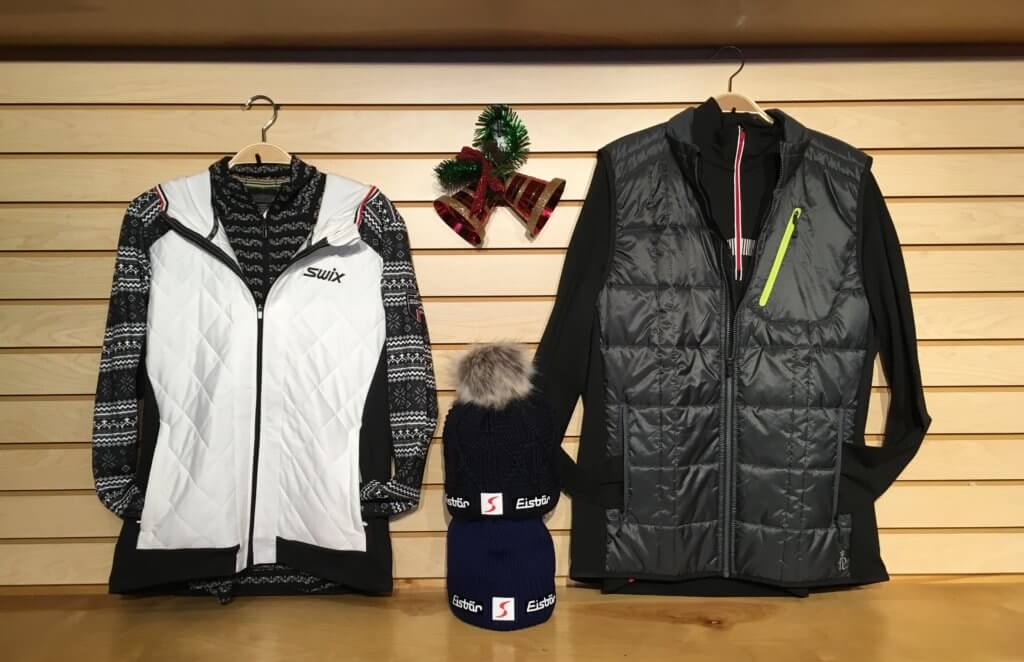
Midlayers are an added piece of insulation, that works with the base layer to manage moisture, yet trap warm air. They should be thicker or include some sort of lofted insulation. Midlayers include sweaters, vests, down jackets, insulated jackets, or any other technical top. Synthetics and wool are good. As is down or any other lofted insulation. A good lightweight down coat can be used most days since they will help to trap the warm air close to your body. However, try not to put on anything too bulky.
A light jacket or vest is perfect for keeping your core warm while letting your arms move freely. Piling on the layers doesn’t necessarily mean warm. You can pile on the layers but if they aren’t wicking moisture, your perspiration will make you very cold.
One of our absolute favorite mid-layer pieces is the Mountain Hardwear Ghost Whisperer Jacket. It is super lightweight and highly compressible. And it can double as your ‘streetwear’ for around town apres ski.
3. Outerwear
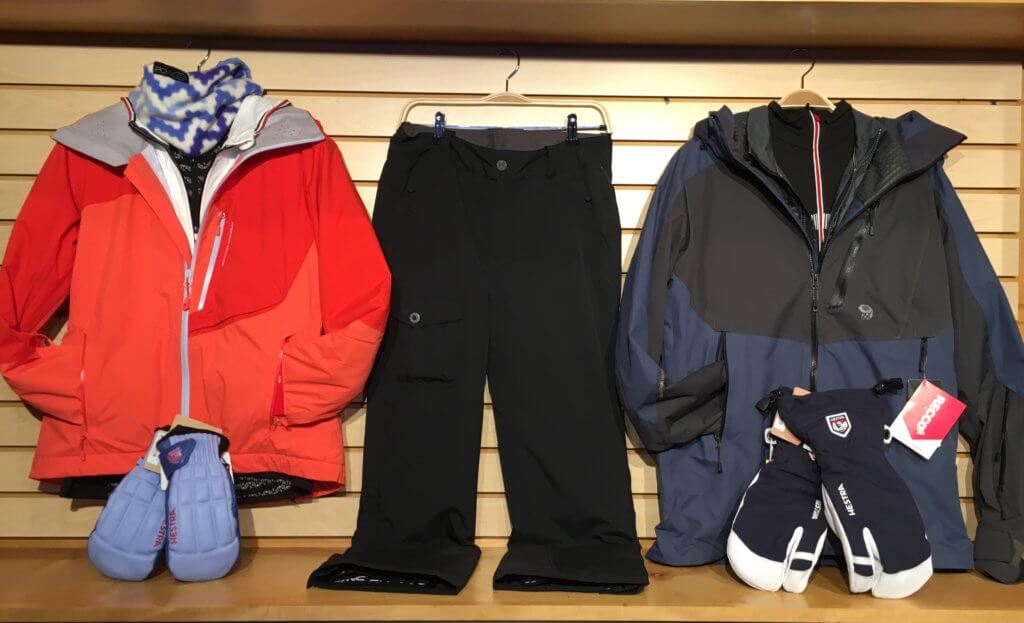
Lastly, you’ll need a good jacket and pants. They should protect you from the snow and shield you from the wind. Based on your specific needs and what you have underneath you will want either a waterproof/breathable shell or insulated jacket and pants. Benefits of a shell are that you can remove or add layers to meet your needs. An insulated jacket is best for those coldest of days, when you need all the warmth you can get.
When it comes to bottoms you’ll want a good waterproof pant, that will keep you dry as you ride the lift and crush the corduroy. If you opt to wear a hard shell pant than perhaps consider using a thicker bottom base layer.
We love the Mountain Hardwear Vintersaga Jacket for women and the Firefall Jacket and pants for men.
5. Feet
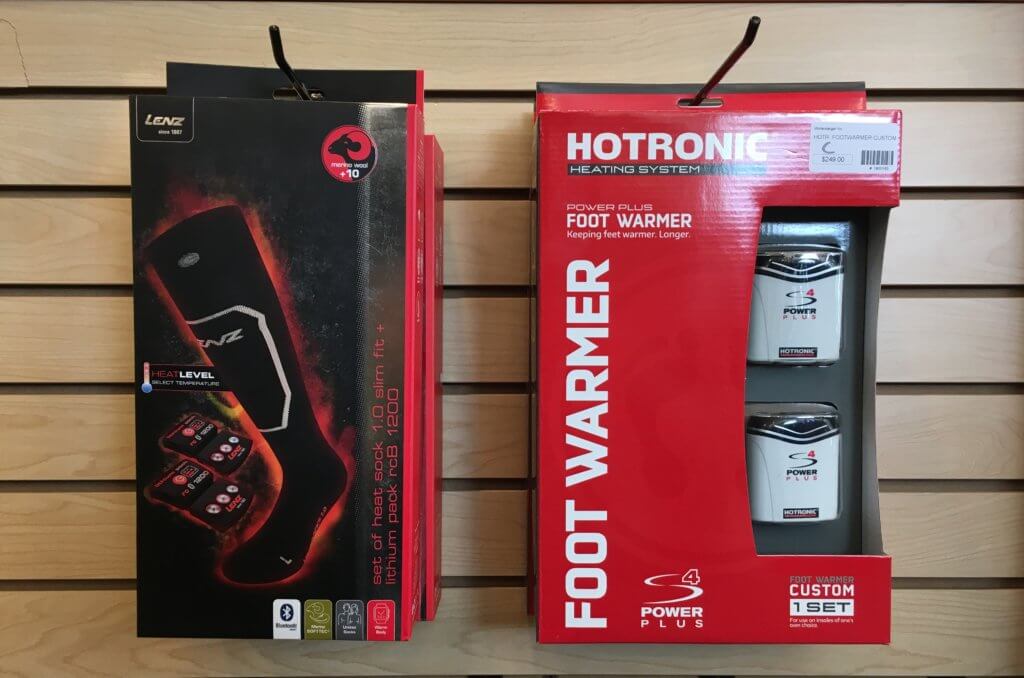
Keeping your extremities warm can be tough, especially in ski boots. Make sure you have a good thin, wool or synthetic sock. The reason for a thin sock is that you don’t want to interfere with circulation in a tight ski boot. Again make sure that your sock will help regulate your bodies temperature so that moisture doesn’t build up and get cold. Now if you still have cold feet there are some cool options that go beyond your regular sock.
- Hotronics Footwarmers can be installed into your boots footbed. These have a small element that can keep your toes warm at the front of the boot. It’s nothing too hot but it does take the chill off.
- Lenz Heated Socks are another awesome option for toe warmth. What makes these even better than the Hotronics is that you can use them in other shoes! Hiking boots, ice skates, running shoes, snowshoes, etc… There’s enough heat in them to keep your toes comfortable all day long.
6. Hands
Dry hands are warm hands. It does not necessarily take a ton of insulation in a glove or mitt to make it warm. Again, what matters most is proper moisture management. We recommend a thin liner glove under every glove or mitt. This will move moisture from your skin out to where it can escape through the glove and keep you drier. Additionally, it will give your hands protection from the elements even when you remove your outer glove or mitt for more dexterity. There are many glove liners on the market these days that are touchscreen compatible and work well with your smartphone. The Hestra Touchpoint Active Liner is a great liner that fits under most gloves and mitts.
As far as gloves and mittens go, we love Hestra. They offer high-quality gloves and mittens that are comfortable and last for years. Their Army Leather Heli Ski Glove is the glove that put them on the map, but all of their gloves and mittens are crafted with the same care and quality. One of our favorite Hestra mitts is the Henrik Pro Mittens. They are crafted from durable cowhide leather and are always available in the best colors of the season.
Lastly, for those with exceptionally cold hands or Raynaud’s disease, we recommend the Hestra Power Heater Mittens. These electric mittens are simply the best defense against the extreme cold.
The takeaway
The take away from all this should be that as you are getting dressed to go out for the day, think about what you are putting on. Make sure that your base and mid layers will keep you dry from the inside out. And that your outerwear will keep you warm from the outside in. This will ensure you are comfortable and stay warm when skiing and get a full day in on the hill.

